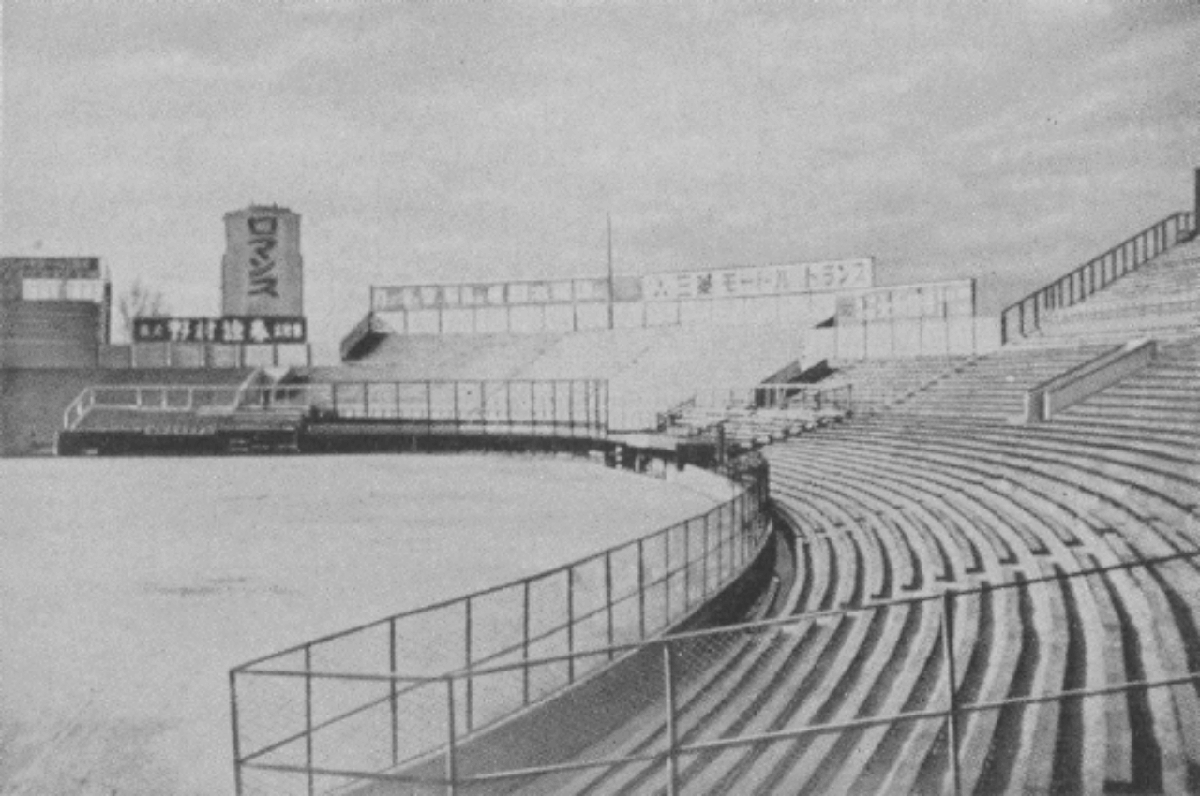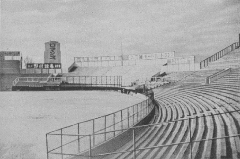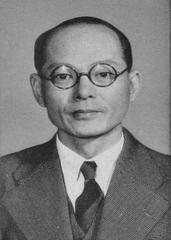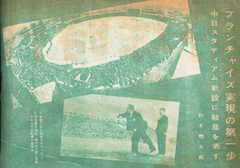
Nagoya Baseball Stadium: Visiting Hours, Tickets, and Ultimate Guide to Nagoya’s Cultural Landmarks
Date: 14/06/2025
Introduction
Nagoya Baseball Stadium—officially known as Vantelin Dome Nagoya—is a premier sports and cultural venue in Aichi Prefecture, Japan. Home to the celebrated Chunichi Dragons since 1997, the dome embodies the city’s deep-rooted baseball traditions and serves as a landmark for entertainment, community events, and cultural exchange. With its distinctive geodesic design, modern amenities, and close proximity to historic sites, Nagoya Dome offers an unforgettable experience for both sports fans and cultural explorers (Wikipedia; Japan Travel Navitime).
This comprehensive guide provides all the essential information on visiting hours, ticketing, transportation, accessibility, stadium culture, and nearby attractions—ensuring you make the most of your trip to Nagoya.
Contents
- Stadium Origins and Design
- Baseball Culture and Chunichi Dragons
- Notable Events and Legacy
- Visiting Hours & Ticketing Guide
- Stadium Experience: Food, Amenities, and Fan Culture
- Getting to Nagoya Dome
- Accessibility and Surroundings
- Major Historical and Cultural Sites Nearby
- Local Cuisine and Experiences
- Frequently Asked Questions (FAQ)
- Conclusion and Recommendations
- Sources
Stadium Origins and Design
Nagoya Dome was constructed in the 1990s to replace the aging Nagoya Baseball Stadium. Completed in 1997, the stadium features a striking geodesic dome capable of seating 36,000 for baseball and up to 49,000 for concerts or major events. Its advanced design includes six above-ground levels, covered walkways connecting to AEON MALL and transit hubs, and contemporary amenities that accommodate diverse audiences and events (Wikipedia).
Architectural Highlights
- Geodesic Dome: Weatherproof and visually impressive.
- Integrated Facilities: Restaurants, shops, Dragons Museum, and interactive exhibits.
- Team Identity: Themed flags, banners, and memorabilia create a strong Chunichi Dragons presence (Japan Travel Navitime).
Baseball Culture and Chunichi Dragons
Baseball is a beloved part of Nagoya’s identity. The Chunichi Dragons, founded in 1936, are one of Japan’s oldest professional teams. Their passionate fanbase—known as “Dorakichi”—brings the stadium to life with coordinated cheers, songs for each player, and a family-friendly atmosphere. The stadium also hosts international games and events, further cementing its place in Japanese and global baseball culture (H&R Consultants; Hyperlocal Nagoya).
Notable Events and Legacy
Nagoya Dome has witnessed historic moments, such as the Chunichi Dragons’ 2007 Japan Series victory and international tournaments like the 2024 WBSC Premier12. The stadium also hosts concerts, exhibitions, and community days, reinforcing its importance to Nagoya’s cultural and economic vitality (Wikipedia).
Visiting Hours & Ticketing Guide
Visiting Hours
- Game/Concert Days: Gates open 2–3 hours before the event.
- Non-Event Days: Access is limited; check the official website for tour availability (Nagoya Dome Official Site).
Ticketing
- Price Range: 1,000–5,000 yen for baseball games, depending on seat category. Concert/event prices vary.
- Purchase Options:
- Official Chunichi Dragons website
- Convenience stores (7-Eleven, Lawson, FamilyMart)
- Stadium box office
Tip: For popular games and events, advance purchase is highly recommended (Yava Japan; Matcha Japan).
Stadium Experience: Food, Amenities, and Fan Culture
Food and Drinks
- Local Specialties: Try miso katsu, tebasaki wings, hitsumabushi, and player-themed dishes.
- Vendors: “Uriko” staff serve beverages directly to your seat (Matcha Japan).
- Policies: Outside food permitted (no cans); drinks in cardboard containers and plastic bottles (non-alcoholic) are usually allowed (Japan and More).
Amenities
- Restrooms: Clean and accessible.
- Shops: Merchandise and souvenir stores throughout the stadium.
- Accessibility: Designated seating, elevators, and family facilities (Stadium Journey).
Fan Culture
- Cheering Sections: Organized chants, banners, and cheerleaders.
- Etiquette: Join the cheers and respect seating divisions.
- Photography: Allowed (no flash/video during play).
Getting to Nagoya Dome
- Subway: Meijo Line to Nagoya Dome-mae Yada Station (5-minute walk)
- JR Line: Ozone Station (20-minute walk)
- Walkway: Enjoy displays of Dragons history en route to the dome (National Stadium Tours; JapanBall)
Accessibility and Surroundings
- Wheelchair Access: Elevators, ramps, and reserved seating.
- Multilingual Support: English signage available; staff usually provide basic English assistance.
- Facilities: Adjacent AEON MALL and dining options; safe, well-lit area.
Major Historical and Cultural Sites Nearby
- Nagoya Castle: Iconic 17th-century landmark with samurai history and cherry blossoms (Japan Experience).
- Atsuta Shrine: Ancient Shinto shrine housing a legendary sword.
- Osu Shopping District: 1,200+ shops, street food, and Osu Kannon Temple.
- Toyota Commemorative Museum: Explores Nagoya’s industrial achievements.
- Tokugawa Art Museum & Garden: Samurai artifacts and Edo-period treasures.
- Legoland Japan: Family theme park with LEGO models of Japanese landmarks (ByFood).
- SCMAGLEV and Railway Park: Train exhibits and simulators.
- Meiji Mura: Open-air museum of Meiji era architecture (GLTJP).
- Inuyama Castle & Old Town: One of Japan’s oldest original castles.
Local Cuisine and Experiences
- Nagoya-meshi: Try local dishes like miso katsu, tebasaki, hitsumabushi, and kishimen noodles (Japan Experience).
- Nightlife: Sakae and Fushimi areas for izakayas, karaoke, and live music.
- Festivals: Nagoya Sumo Tournament (July), Atsuta Festival (June), Tagata Festival (March).
- Nature: Tsurumai Park, Shonai Ryokuchi Park, and Nagoya Agricultural Center for seasonal blooms.
- Shopping: Sakae, Osu, and Nagoya Station for souvenirs and specialty goods.
Frequently Asked Questions (FAQ)
Q: What are Nagoya Dome’s visiting hours?
A: Gates open 2–3 hours before games/events. For tours or off-days, check the official website.
Q: How do I buy tickets?
A: Online, at convenience stores, or the stadium box office (Chunichi Dragons Tickets).
Q: Is the stadium accessible for people with disabilities?
A: Yes, it offers wheelchair seating, elevators, and accessible restrooms.
Q: What is the best way to reach the Dome?
A: Take the Meijo Subway Line to Nagoya Dome-mae Yada Station.
Q: What local foods should I try?
A: Miso katsu, tebasaki, hitsumabushi, and kishimen noodles.
Conclusion and Recommendations
Nagoya Dome is more than a sports arena—it is a symbol of Nagoya’s community, innovation, and hospitality. Whether you’re coming for a baseball game, a concert, or to explore the surrounding city, the dome’s modern amenities, passionate fan culture, and proximity to historic sites guarantee a rewarding visit. Plan ahead by securing tickets online, arriving early to enjoy the full stadium experience, and make time to explore Nagoya’s rich culinary and cultural offerings.
For the latest schedules, ticket information, and exclusive local tips, download the Audiala app and follow Nagoya Dome’s official channels.
Sources
- Vantelin Dome Nagoya, Wikipedia
- Nagoya Dome Visiting Hours, Tickets, and Guide, Japan Travel Navitime
- Nagoya Baseball and Chunichi Dragons Introduction, H&R Consultants
- Nagoya Dome Official Site
- Nippon Professional Baseball Official Site
- Nagoya City Transportation
- Chunichi Dragons Tickets
- Japan Experience - Nagoya Travel Guide
- Japan and More - Nagoya Dome Baseball Experience
- Matcha Japan - Nagoya Dome Guide
- ByFood - 20 Things to Do in Nagoya
- GLTJP - Museum Meiji Mura





























